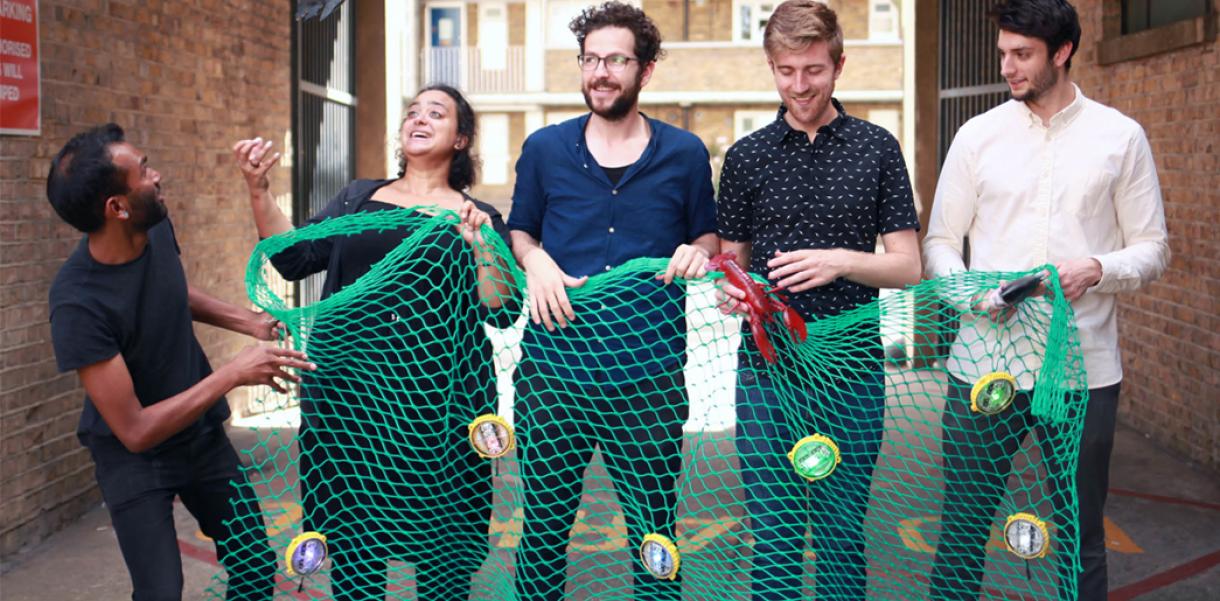With the work-from-home policy still in place in many countries, I took the chance to spend a few weeks in my homeland; in a city that I always admired from afar and dreamed about living in: Venice.
I’ve been here for just two weeks, and every time I go outside my apartment, I’m mesmerised by the decadent and fascinating beauty I see everywhere. Since Covid-19 restrictions in Italy are still quite strict, one of the most iconic destinations and most emblematic cases of over-tourism has almost no guests from abroad or other Italian regions.
These days, just three hotels are open in Venice with few rooms occupied. It feels like being in a neglected and silent Disneyland. Instead, the streets are repopulated by local Venetians walking their dogs and flocks of kids with roller skates and school backpacks. It's brought me physical and mental space to learn some things about the city I'm residing in.
Firstly, Venice wasn’t supposed to be here, it shouldn’t exist at all. Venice is like an upside-down forest, meaning the buildings were built using long wooden piles “fondamenta” driven deep into the ground. When the first settlers arrived on the islands around 402 B.C., they pounded thousands of wooden piles into the mud, so close together that they were touching. Then, they cut off the tops and created solid platforms for the foundations of their homes. Because the wood was underwater, but with no oxygen, it didn’t rot. The wood absorbed the sediment and quickly petrified into basically stone at an accelerated pace.
Essentially, it's a completely human-made environment rising from the sea, with no visible means of support. Depending on the point of view, you can see it as a charming floating island or an ancient sinking city who passed her glory days.
”It’s an icon of the Anthropocene, as human action's have impacted and modified the landscape."
It’s an icon of the Anthropocene, as human action's have impacted and modified the landscape. From the beginning, the city's weight pushed down the dirt and mud, squeezing out water and compacting the soil. This phenomenon, together with the natural movement of high tides, called acqua alta, cause periodic flooding in the city, creating a sinking sensation. So in Venice, the load-bearing walls are not the external ones, buildings have a lot of windows to weigh less, and the facades are not just for aesthetic purposes but the consequence of constructive necessities. Form follows functions, but it doesn’t mean it can’t be as magnificent as the facades facing the Canal Grande. But you need to be and stay light, while in Venice.
I’ve also learned it’s pointless to try to use Google Maps in Venice. It simply doesn’t work in the narrow streets called calli. You need to stop watching your phone, look around and do the old fashion thing of asking people for directions who will share their knowledge, stories and paths with you. You need to get lost a few times to understand where you want to go.
The architecture of the city follows the habitant’s characteristics. The space in Venice is minimal, but Venetians are forced to cohabitate within just a few hundred kilometres. The lack of space and the lack of privacy is real. As a reaction to all those constraints, many houses wanted to be independent with a little private entrance separate from their neighbours, so it’s hard to find two homes with the same window pattern or the same floor distributions.
”Venice is a good reminder of caducity. It’s still standing on her ancient forest, but we don’t know for how long."
They say Venice is the most replicated city in the world, as there are fake Venices in Dubai, China, even Las Vegas and numerous cities are claiming to have a little Venice in them. From a designer's perspective, if someone copies your design, it means it works, and it works so well that someone else is taking the time to replicate it.
Lastly, I learned that ,you literally need to go with the flow in Venice. There’s no other way to get around the city but by foot or boat. You need to trust your body to go up and down from one bridge to the other and understand it takes time to understand how to navigate such a unique city.
Venice is a good reminder of caducity. It’s still standing on her ancient forest, but we don’t know for how long. The water can submerge all the beautiful things we have built on an artificial gamble, believing it'll last. Venice should have sunk the day it was build, but it’s still here and still standing despite everything telling us new ideas need old buildings.




